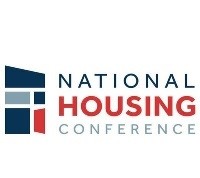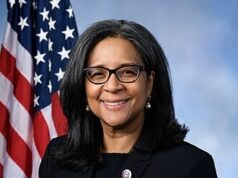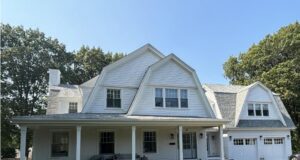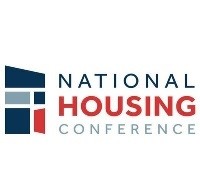USDA Enhances the Quality of Life in Rural Areas by Building or Improving Essential Community Service Facilities
WASHINGTON – (RealEstateRama) — District of Columbia, June 27, 2018 — Assistant to the Secretary for Rural Development Anne Hazlett today announced that the U.S. Department of Agriculture (USDA) is investing $237 million in119 rural community service facilities in 29 states.

“At USDA, we believe in rural America and in the promise of small towns and the people who call them home,” Hazlett said. “Under Secretary Perdue’s leadership, we are committed to being a strong partner to local leaders in building healthy, prosperous futures for their communities.”
Hazlett announced the funding following a meeting here of the Western Governors Association. USDA is supporting these quality-of-life projects through the Community Facilities Direct Loan Program. For example:
- The city of Box Elder, S.D., is receiving a $3.2 million loan to construct three streets and make utility improvements to promote economic development. The project will complement the South Dakota Department of Transportation’s (SDDOT) decision to eliminate a dangerous intersection. SDDOT is contributing $2.35 million to this project. Two local developers have committed $500,000 each, demonstrating a public-private partnership and exceptional community support.
- The Bear Lake Community Health Center, Inc., in Brigham City, Utah, is receiving a $405,000 loan to purchase a medical facility building. Bear Lake serves a large rural population in Utah, Idaho and Wyoming. It plans to double its Brigham City staff from five to 10 this year. Two exam rooms will be used for screening, brief intervention and referral to treatment for opioid misuse in addition to regular medical visits.
- The Village of Sand Lake, Mich., is receiving a $735,000 loan to improve Lake Street in the downtown business district. The village will reconstruct the street and sidewalks, make storm and sewer improvements to eliminate frequent flooding, and install decorative lighting
The projects that are being announced today will help improve the quality of life in rural communities in Alabama, Arkansas, California, Georgia, Iowa, Idaho, Illinois, Indiana, Kansas, Kentucky, Michigan, Minnesota, Missouri, North Carolina, North Dakota, Nebraska, New Hampshire, New York, Ohio, Pennsylvania, South Carolina, South Dakota, Tennessee, Utah, Virginia, Vermont, Washington, Wisconsin and Wyoming.
More than 100 types of projects are eligible for USDA Community Facilities funding. Eligible applicants include municipalities, public bodies, nonprofit organizations and federally and state-recognized Native American tribes. Applicants and projects must be in rural areas with a population of 20,000 or less. There is no limit on the size of the loans. Loan amounts have ranged from $10,000 to $165 million.
The 2018 Omnibus bill increased the Fiscal Year (FY) 2018 budget for the Community Facilities Direct Loan program to $2.8 billion, up $200 million from FY 2017.
In April 2017, President Donald J. Trump established the Interagency Task Force on Agriculture and Rural Prosperity to identify legislative, regulatory and policy changes that could promote agriculture and prosperity in rural communities. In January 2018, Secretary Perdue presented the Task Force’s findings to President Trump. These findings included 31 recommendations to align the federal government with state, local and tribal governments to take advantage of opportunities that exist in rural America. Increasing investments in rural infrastructure is a key recommendation of the task force.
To view the report in its entirety, please view the Report to the President of the United States from the Task Force on Agriculture and Rural Prosperity (PDF, 5.4 MB). In addition, to view the categories of the recommendations, please view the Rural Prosperity infographic (PDF, 190 KB).
USDA Rural Development provides loans and grants to help expand economic opportunities and create jobs in rural areas. This assistance supports infrastructure improvements; business development; housing; community services such as schools, public safety and health care; and high-speed internet access in rural areas. For more information, visit www.rd.usda.gov.
Contact: Jay Fletcher
(202) 690-0498

















